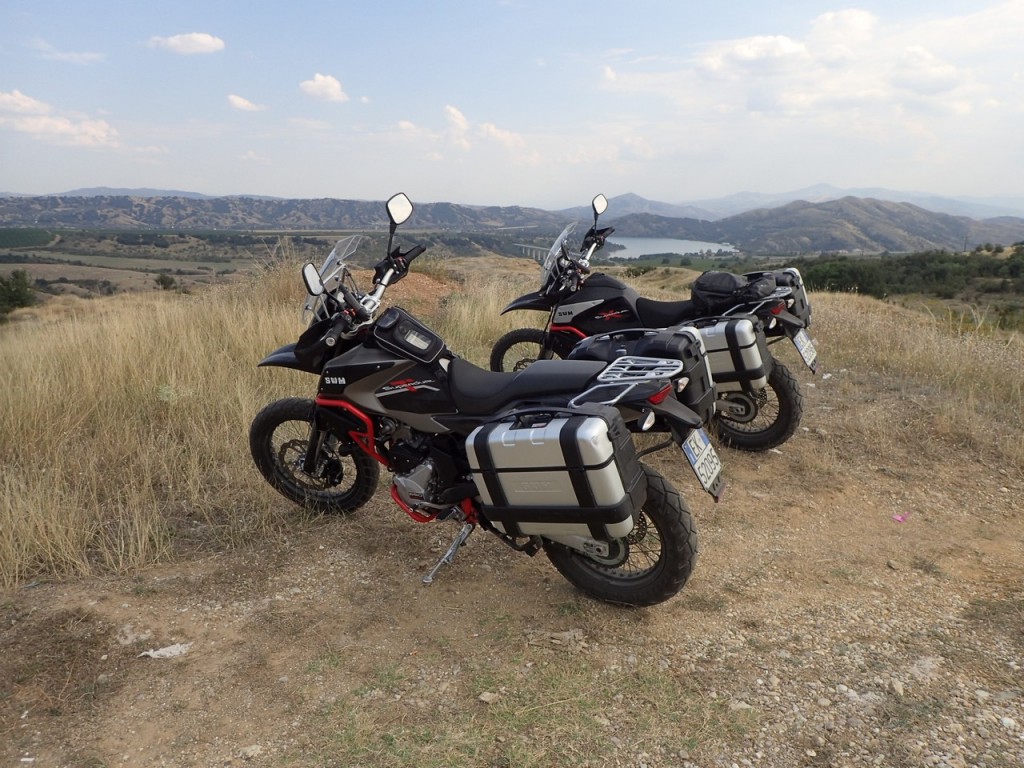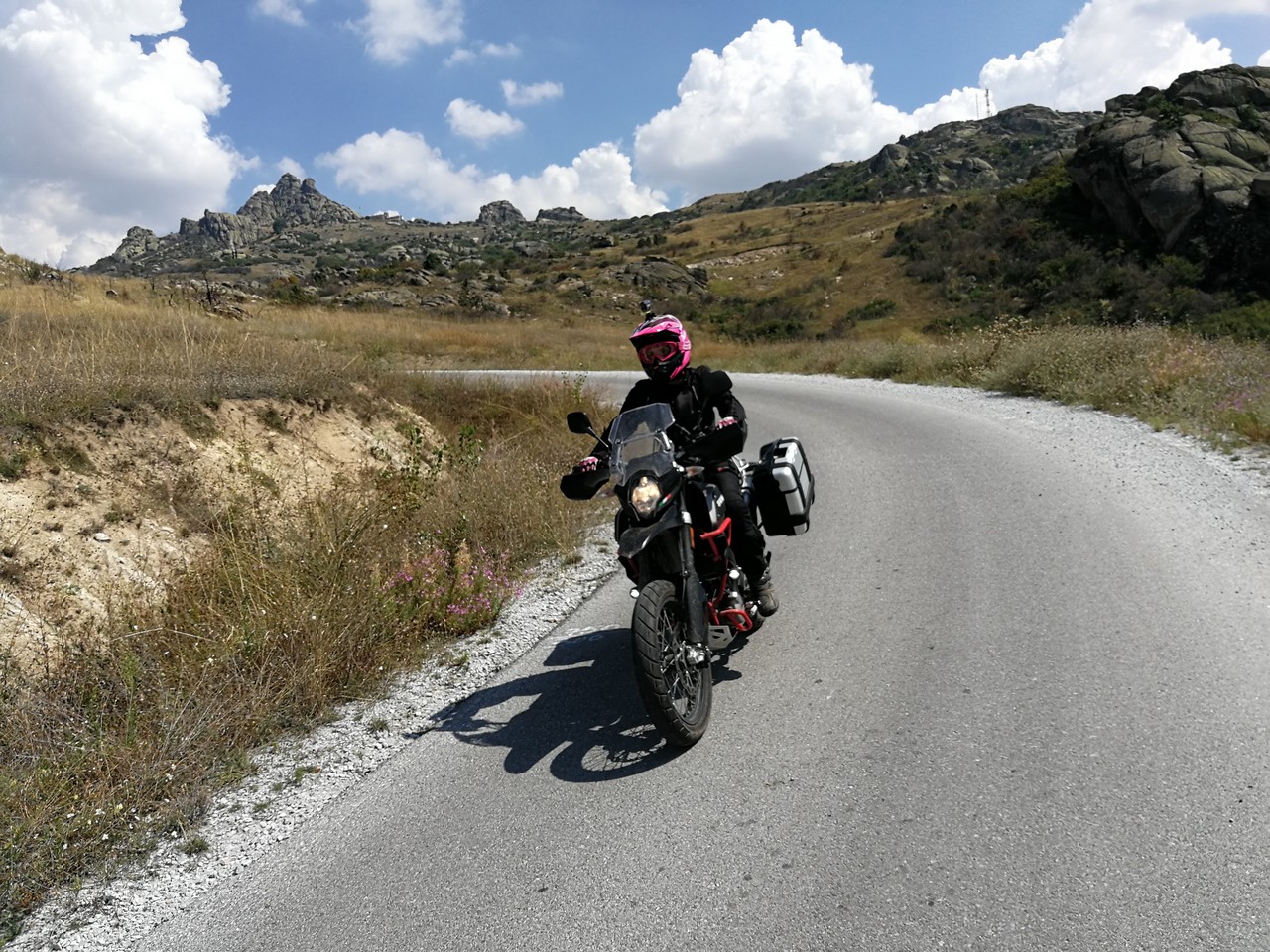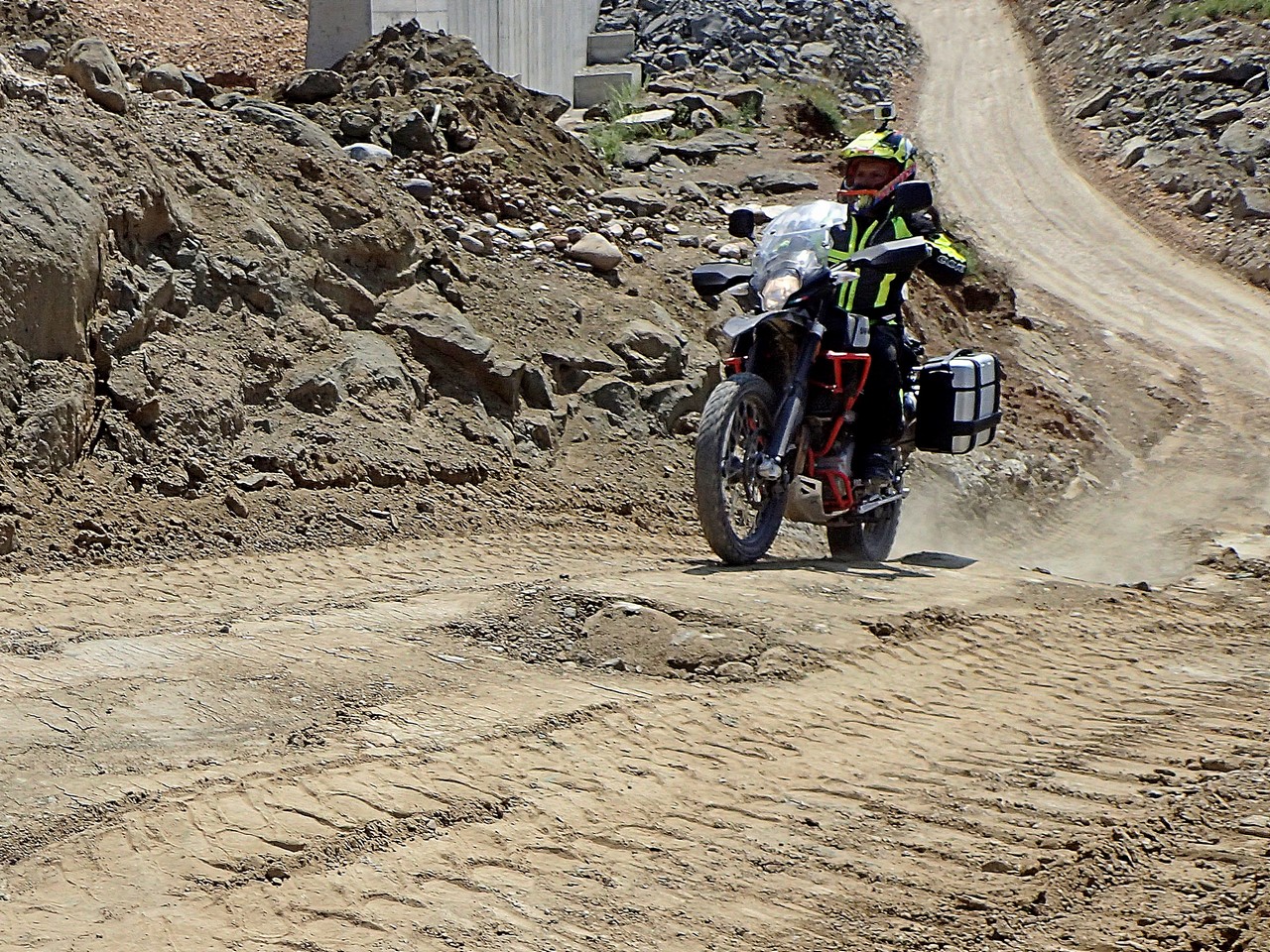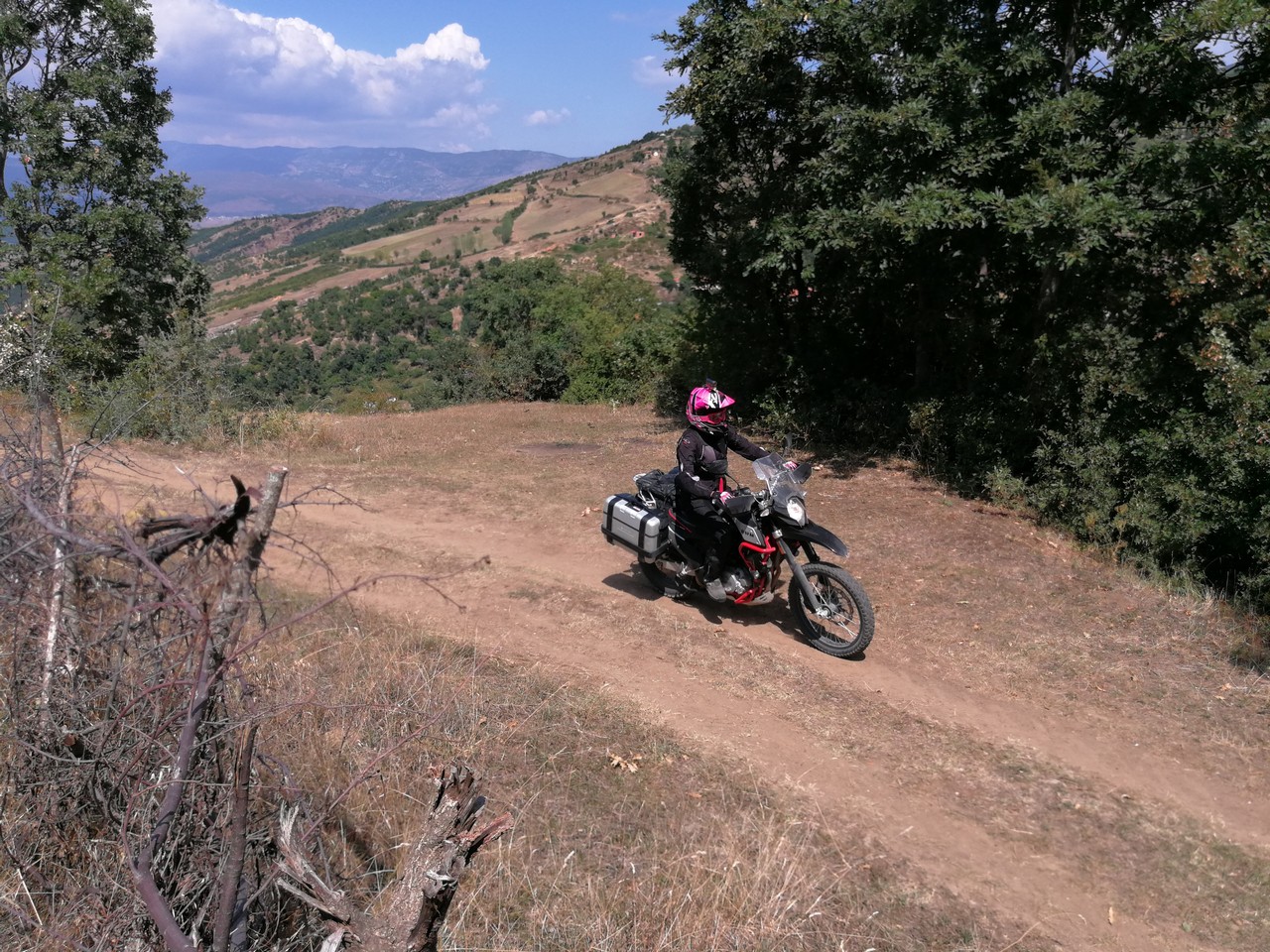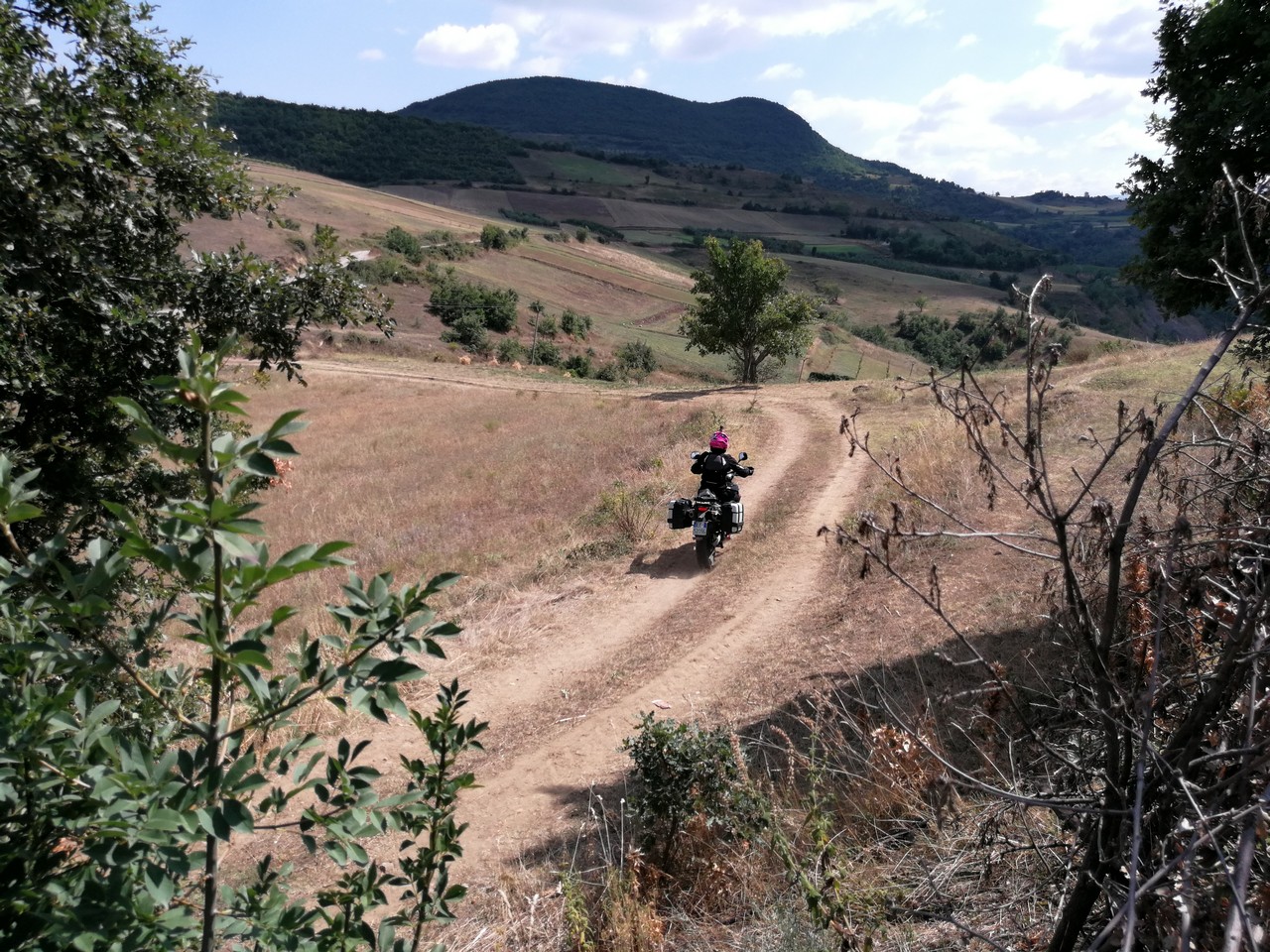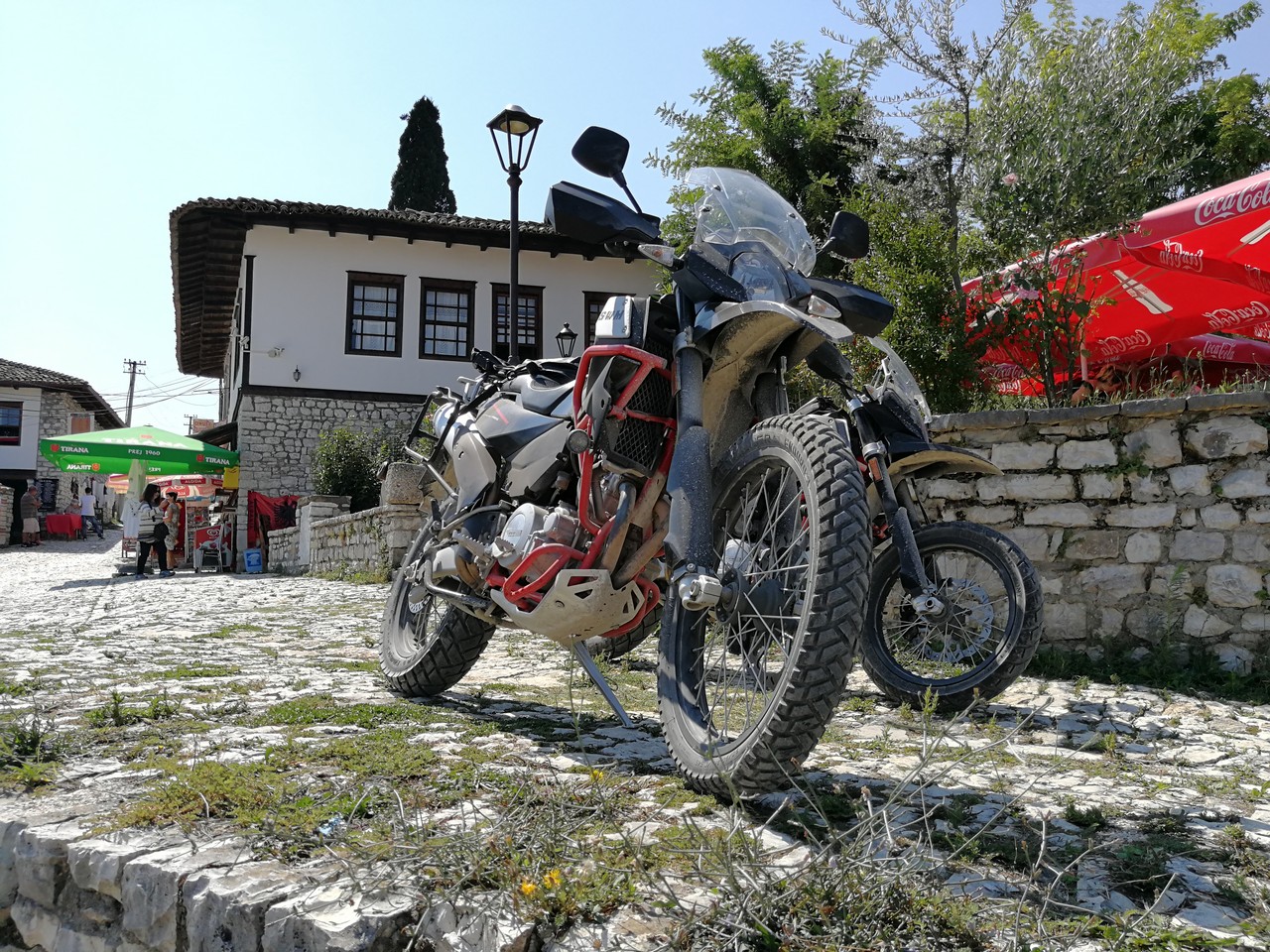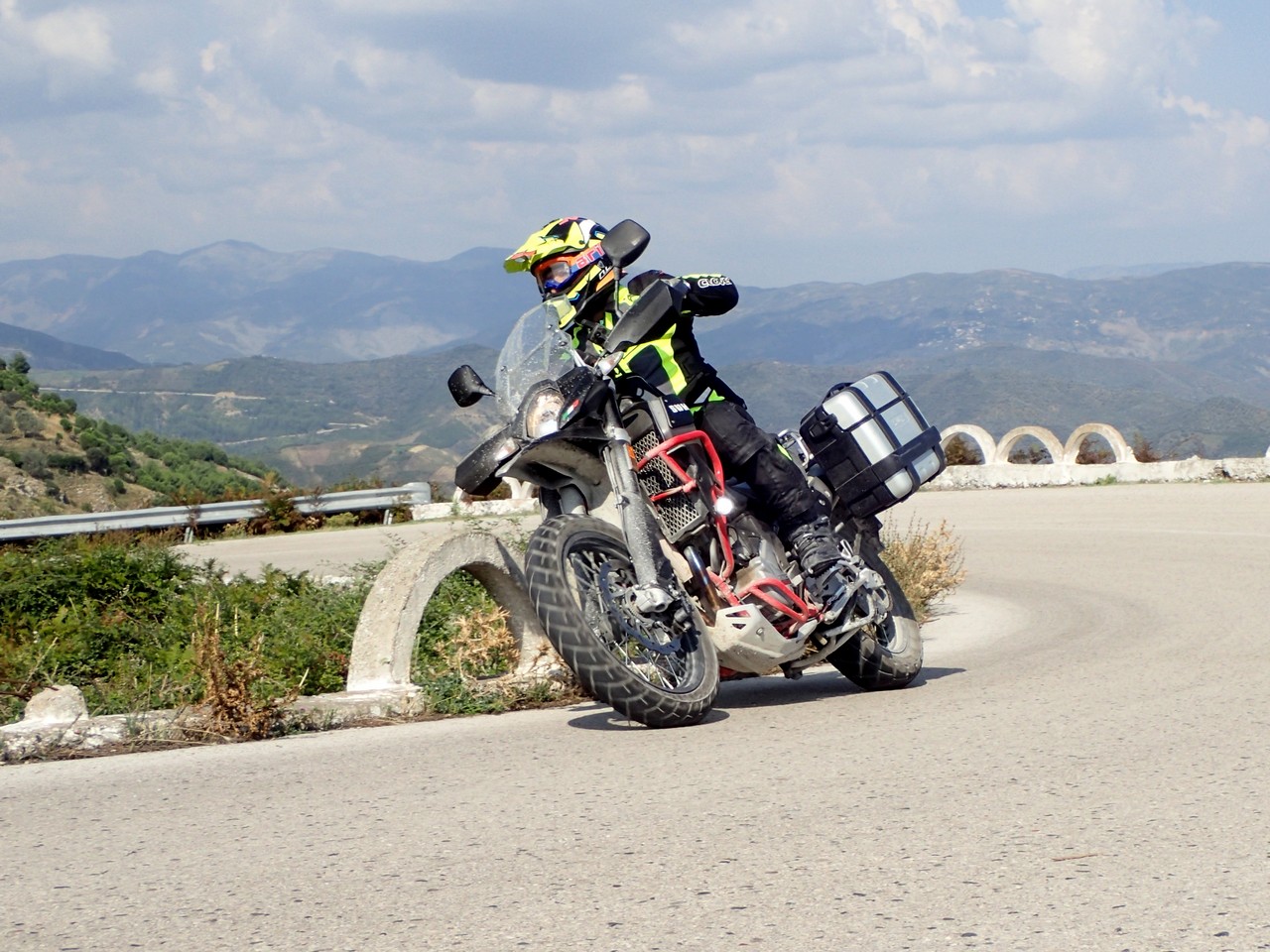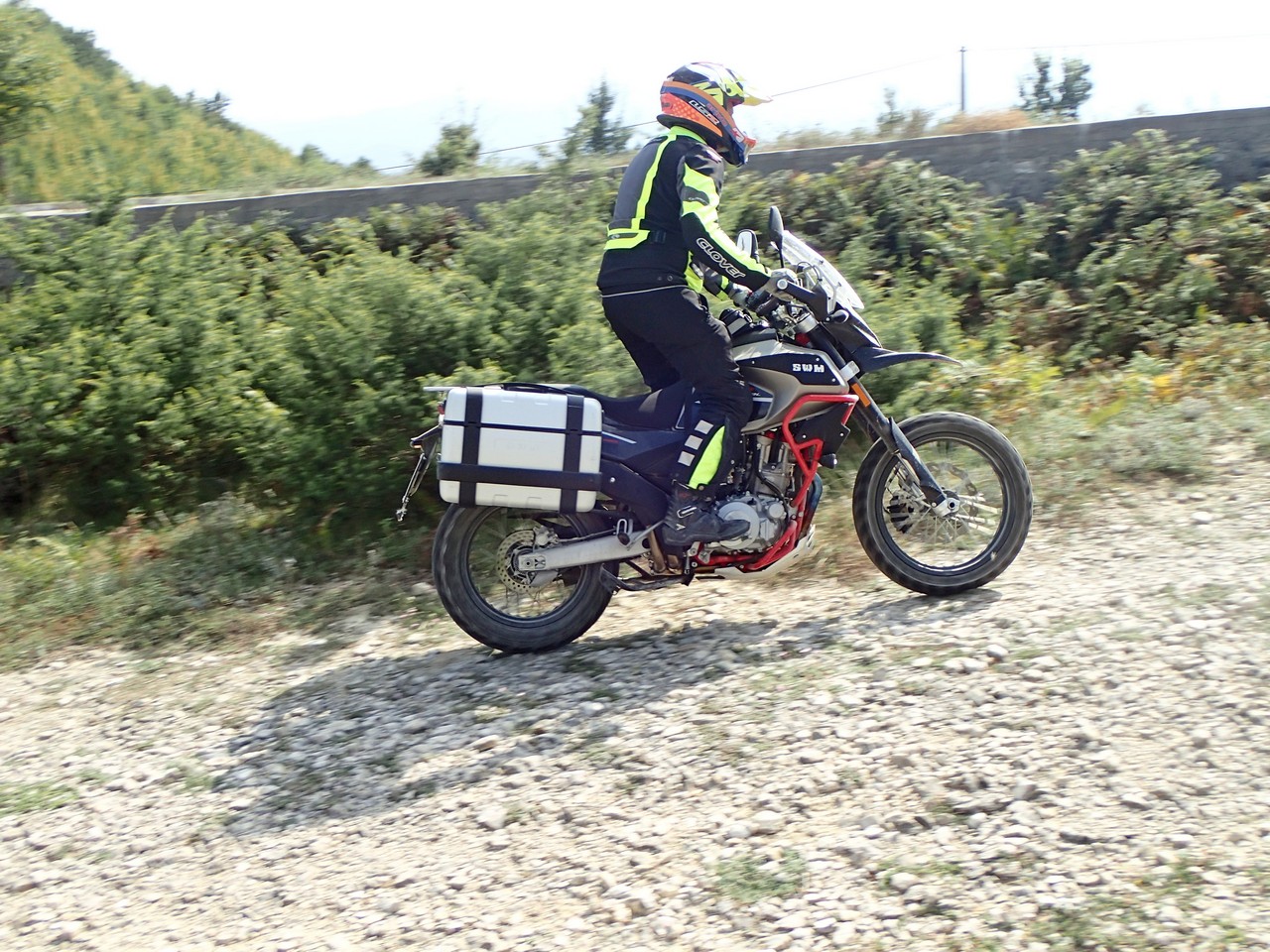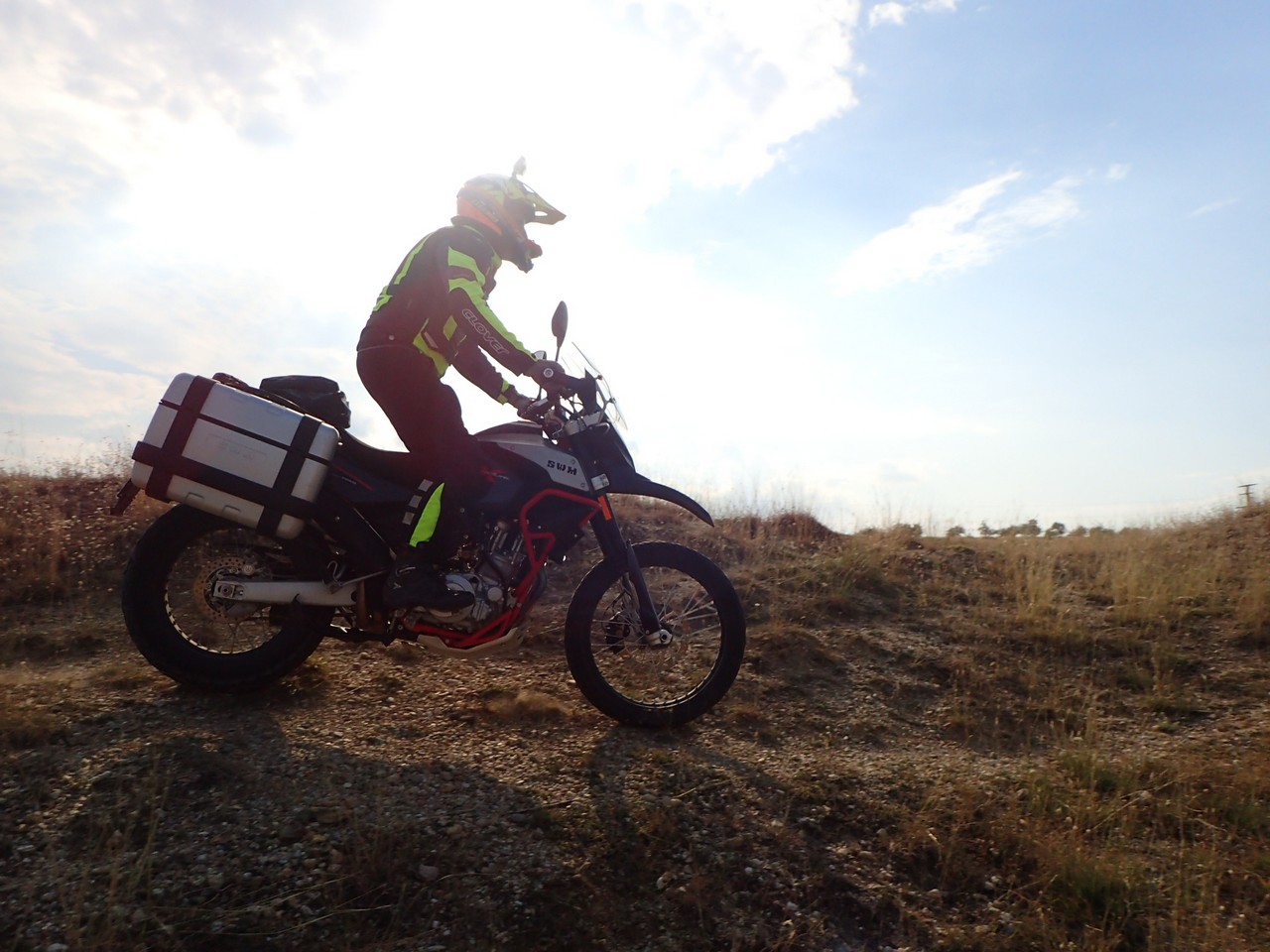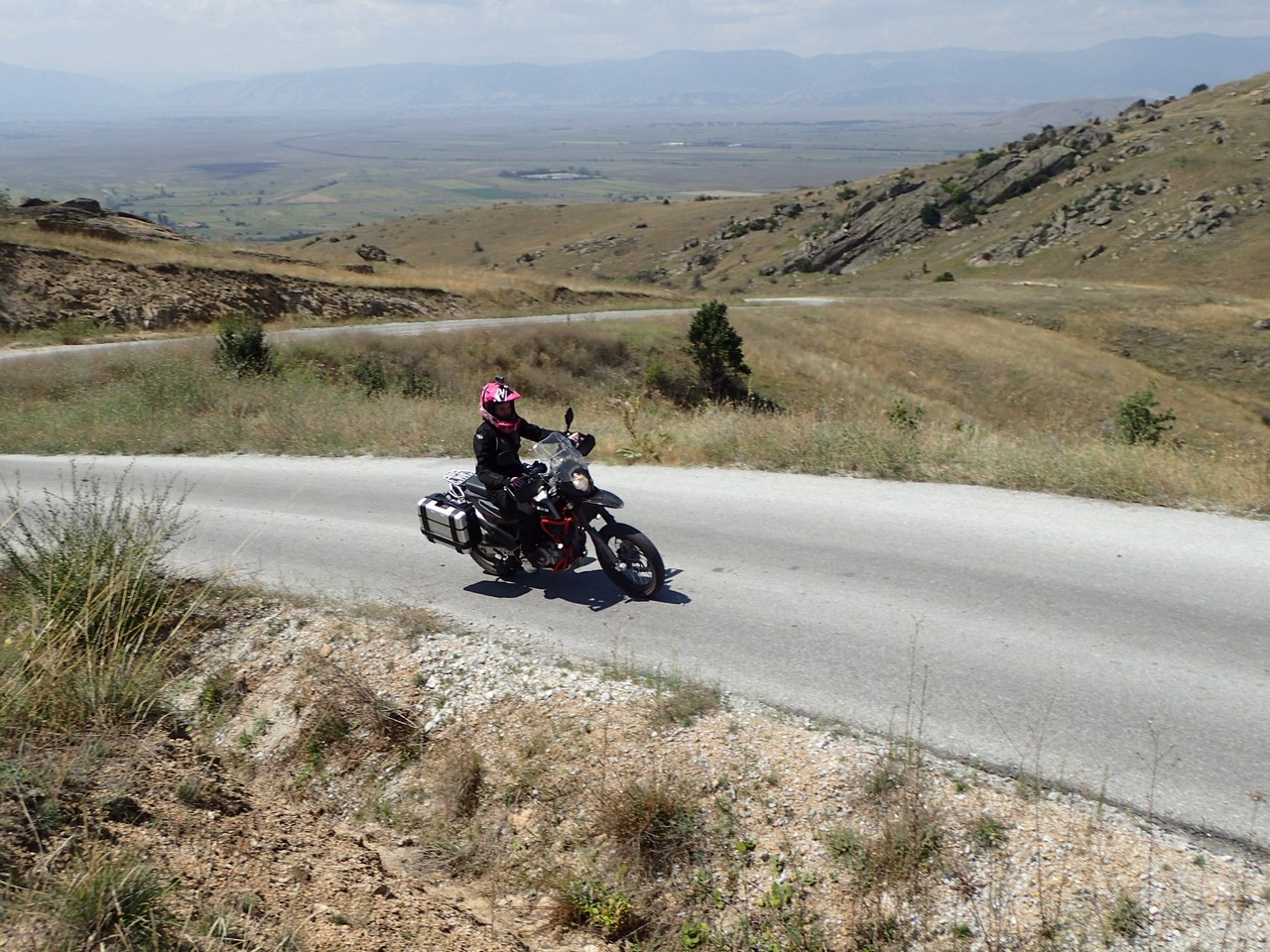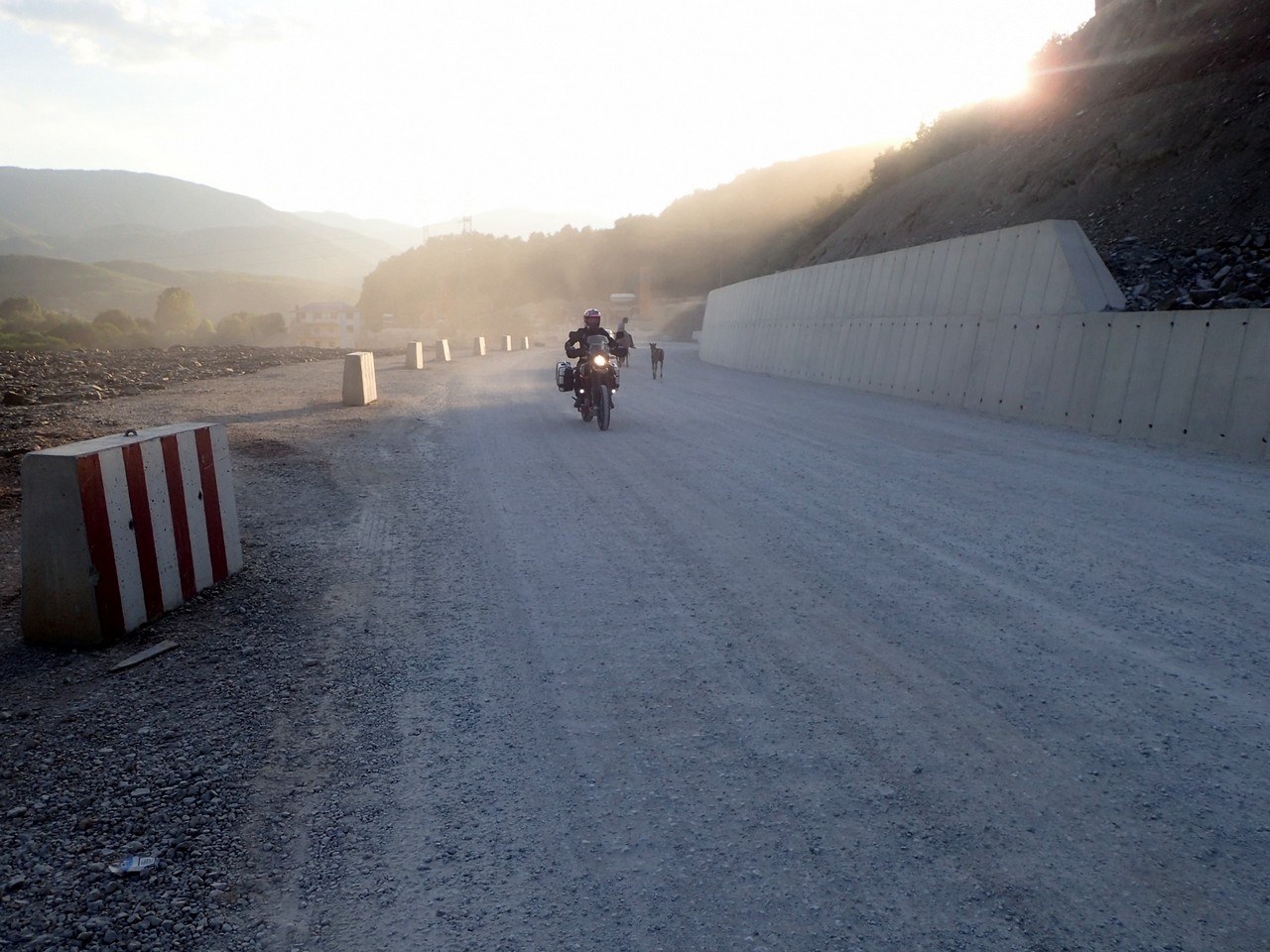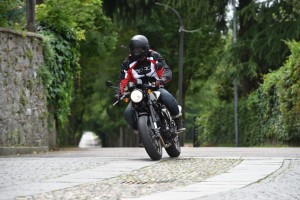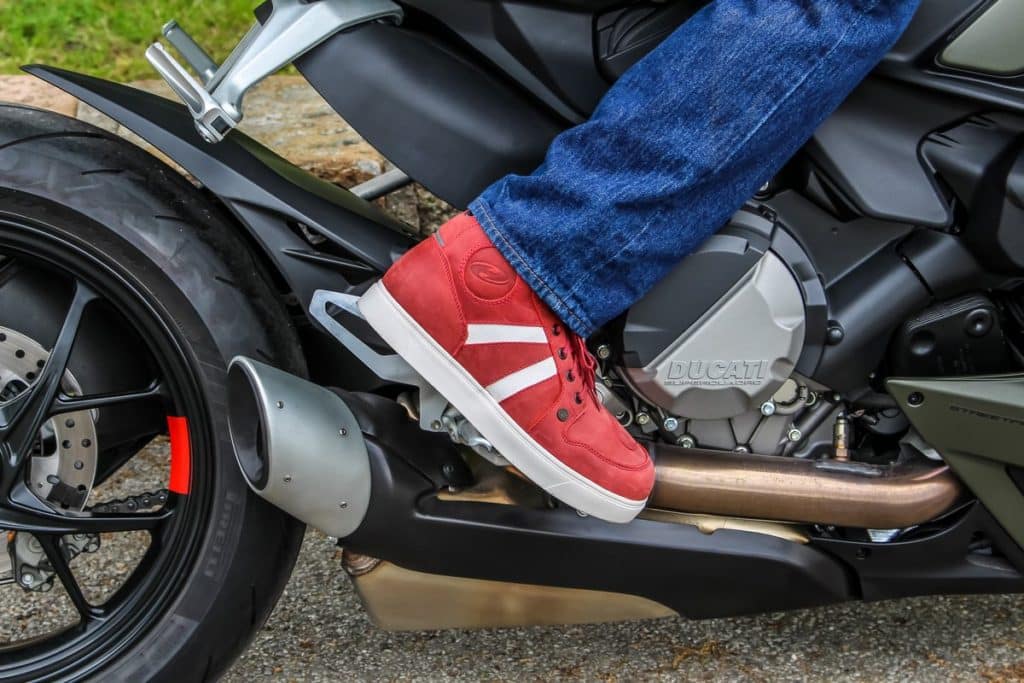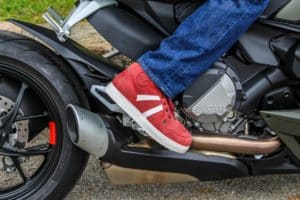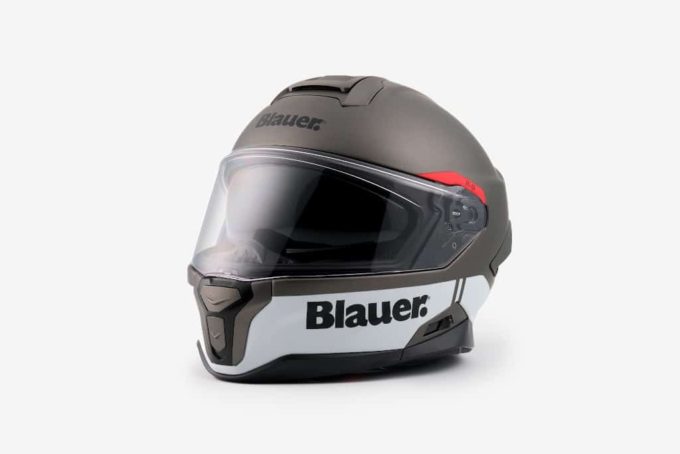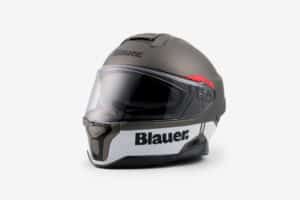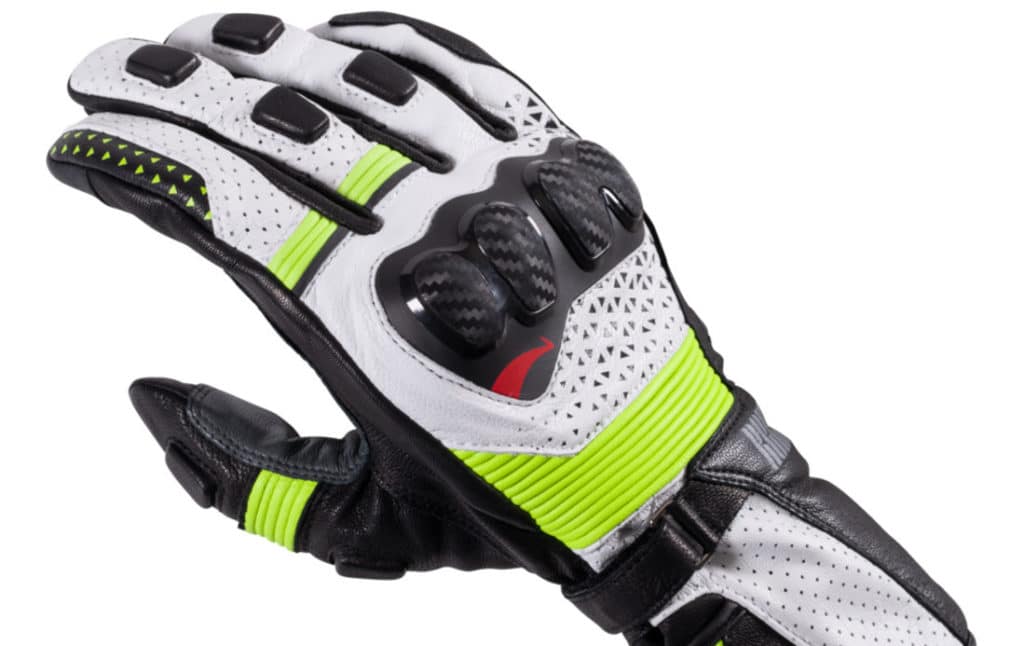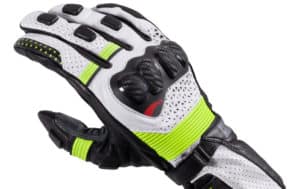SWM Superdual “X” and “T”: different twins [COMPARATIVE ROAD TEST]
We have traveled more than two thousand kilometers with the two versions of the Superdual 650, with 19 and 21" at the front. Here's how they go
SWM Superdual – Before starting, it seems right to me to say a few words about how the test took place and to introduce ourselves in order to have an idea of the background of those who tested the bikes and better understand the impressions received. I (Stefano), have been riding for more than twenty years, I started with a dual single-cylinder, then I moved on to a couple of 4-cylinder road ones and, for about ten years, I have been riding a KTM 950 Adventure with which I travel and go off .
My partner, on the other hand, is, in fact, a new driver: she has a few kilometers under her belt, a couple of trips (Corsica and Croatia), she likes off-roading very easy and smooth and she drives (and travels) a Beta Alp 4.0 with which it has no problems even on long motorway trips. Everything has been read and written about the dual sport single-cylinder engines from the reborn Biandronno company. The specifications are known and available everywhere, as are the features and prices.
We were curious to try firsthand the differences between the two versions: The T, more road-oriented, with 19/17 wheels and the X, with the canonical 21/18 offroad measurements in a comparison of real use.
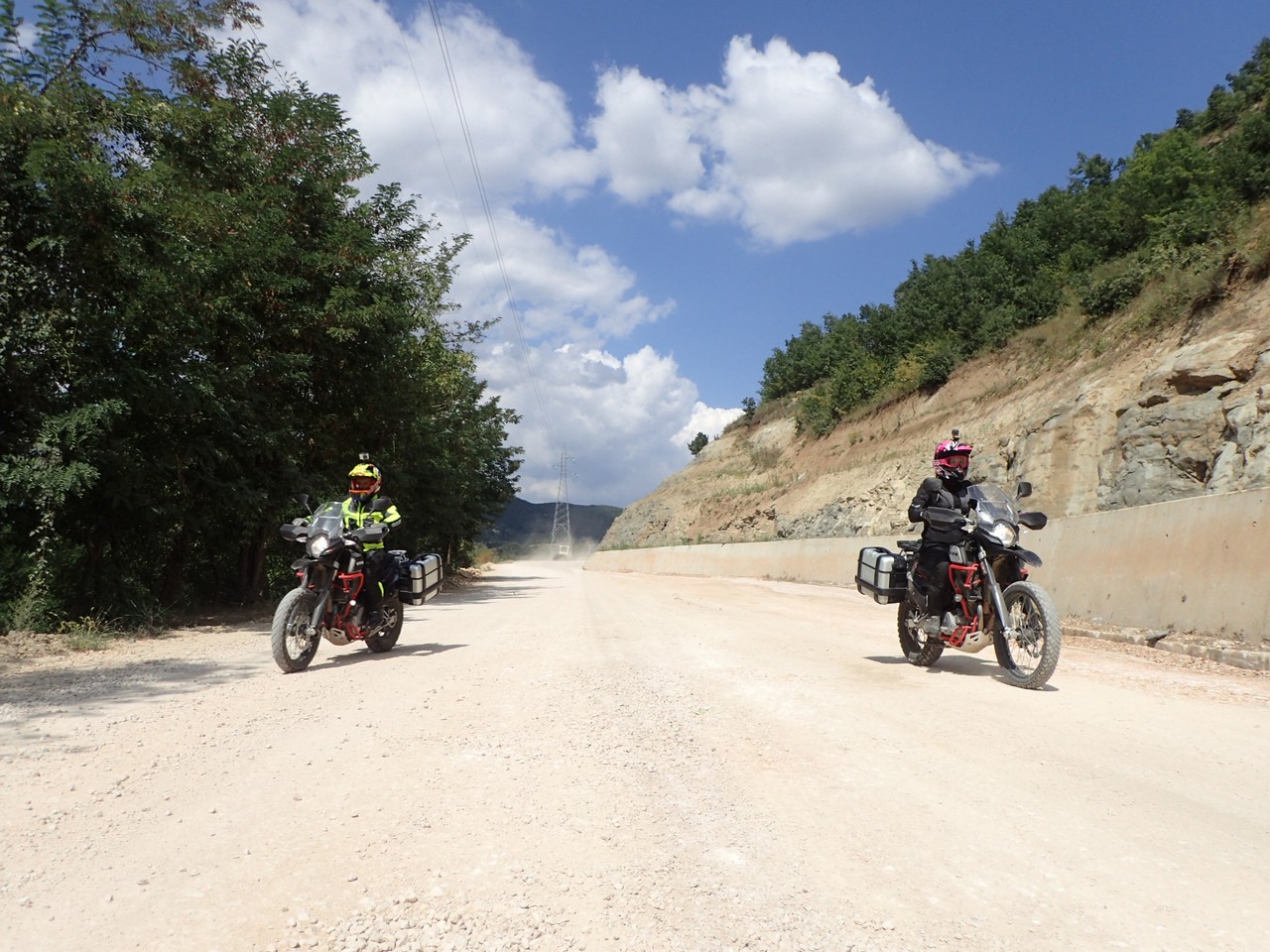
We thus decided to take advantage of our summer trip to Albania and Macedonia (to which I will dedicate a specific article), SWM kindly provided us with two motorbikes with two saddles of different heights and we took turns driving both, exchanging them almost every day and, sometimes, even during the day.
The journey offered us an overview of the behavior of the two Superduals on all types of routes: from the motorway to the path, however the majority of the itinerary took place on dirt roads suitable for carriages and on the very worn out local asphalts. Here's how the two different twins behaved:
Aesthetics and finishes:
rating: 
The two versions are practically identical if we ignore the size of the wheels and the type of tyres.
The general appearance brings us back, with a touch of nostalgia, to the glorious monos of the 80s which evoked African rallies (even if, mostly, they took place in the city centre). The first things that catch the eye are the imposing shaped tank and the large silver-painted mono which, let's remember, is derived from Husqvarna but decidedly modified in character and delivery. The large front light block, one with the high mudguard, has a decidedly more modern line, the assembly of the whole appears solid and presents no vibrations of any kind, neither when driving on the motorway nor when off. The only flaw we found was a certain delicacy of the paintwork of the tank, but we must remember that the bikes on test were two press versions with several thousand km on them, certainly not treated with the same care that someone would have for their own bike. In any case, if I had to use it continuously in off mode, I would put two patches of crystal film on it. We also found some signs on the finish of the crankcases where the boot rubs.
The riding position on the Superdual is rather compact, forget the distant handlebars typical of maxienduros or the very high saddles, on the SWM everything is within easy reach. Maybe even too much for those over 175cm. However, the problem is easily solved thanks to the possibility of adding or removing shims under the risers themselves to raise the handlebars and even rotating the handlebar risers to move them away by two cm. A refinement that is difficult to find on bikes of this range. We simply rotated the fold forward slightly so as to move it away by a few cm.
The position of the footrests is spot on and, overall, the saddle-handlebar-footpeg triangulation is quite comfortable. The only flaw is that the tank is a little wide and when riding standing it makes itself felt when moving forward. However, let us always remember that we are not dealing with a specialist mono. The handlebar controls are of excellent workmanship, the brake and clutch levers are both adjustable and the electric blocks have nice ergonomics even if they don't stand out for their originality. The same goes for foot controls. The only flaw, I tried to raise the gear lever to make it more comfortable with off-road boots, but the position of the screw makes it rather cumbersome. The instrumentation is surprisingly complete even if the presence of only one button to do everything makes it a bit cumbersome. The mono preload control via knob is much appreciated, making adjustment very convenient with and without luggage or passenger. The only "drop in tone" for a dual sport motorcycle is the complete absence of any compartment that can at least house documents and the absence of a kit of on-board tools. It's true that anyone who undertakes a motorbike trip should equip themselves with a minimum of basic equipment, but we would have appreciated at least a couple of keys for the most likely interventions (such as removing the wheel in the event of a puncture).
Engine and performance:
rating: 
The engine of our SWM, as is known, derives from the well-tested Husqvarna, but made less powerful and more "civilized". Compared to the bombardon from which it derives, the delivery is softer and without peaks and has a few less horsepower. I would have liked a little more "nastiness", which however would not have suited this type of bike. My partner, on the other hand, felt comfortable straight away, accustomed to her little mono with just over thirty horsepower. After the first motorway trip, she commented with "at least this one has enough power to close overtaking safely", the delivery instead, precisely because of its smoothness (more on one than on the other, as we will see later) it never put it into crisis even on dirty surfaces or with little grip. The X and T engines differ in gear ratio and final drive ratio, giving them different characters. The T (which we remember is the most road-going version) has significantly longer gear ratios and final gear ratios, this is an advantage when traveling on asphalt, where the engine runs lower and reduces vibrations a little. The We mentioned the on/off effect, it is perceptible but not excessively annoying. Only on the Upon returning to SWM, a check confirmed that it needed an adjustment. Nothing serious and no congenital defects, it can happen that a motorbike used for tests and trials needs fine-tuning. The T did not feel the problem at all. The delivery, once the first moment of uncertainty has passed at the minimum openings, is linear, and the Superduals also have a fair amount of reach. We didn't carry out any instrumental measurements, but at the indicated 155km/h, the of “laziness”. The only flaw we found on both versions is a certain difficulty in finding neutral when stationary.
Ride and handling:
rating: 
As already mentioned, the only technical differences between the X and the T are the ratio and size of the wheels (and obviously the type of tyres). Even the suspension calibration and travel are the same, so we were curious to see what and how many differences there were between the two, and how noticeable they were to me and to a novice. I would like to point out that we left the suspension calibration as it was delivered to us, only adjusting the preload to the weight difference between Maria and me and to the fact that we were both with full side bags.
Are they perceivable? Yes, both for those who have been driving for a long time and for those with little experience. Do they prefer one over the other? It depends on who's driving, as one might expect. Our comparison trip began with a long motorway transfer, over 400 km, and this was the only occasion in which the two bikes showed some limits. As might be expected, at speeds above 120 km/h the vibrations start to become really annoying even if the Superdual gets there with panache and still has a large margin. The ideal cruising speed is however around 110. Another small limitation of the bike is the saddle, the seat is a little too sunken and, in the long run, the coccyx suffers. However, it is a problem that arises after several hours of non-stop motorway travel, which is certainly not the ideal use for this type of motorcycle. On asphalt the T, thanks to the smaller diameter wheels, is quicker to enter curves and more manageable, this made it preferable to Maria who, at the beginning, struggled a bit to get used to the weight and larger dimensions compared to its much lighter Beta. I, on the other hand, used to decidedly heavier bikes and with the 21" wheel, found it a bit more nervous than it should have been. Let's be clear, if it's about playing around the bends and throwing the bike left and right it's certainly a lot of fun, but the Superdual is still so easy to handle that even the little bit you lose with the 21" wheel doesn't make it awkward. So, on the road, the new driver votes for the 19" especially on hairpin bends and on narrow roads, I vote for the 21" also because I didn't particularly appreciate the original equipment tires (Metzeler Tourance) with which I didn't establish a particular feeling, probably with different covers the slight feeling of "nervousness" that I found would disappear. The Sahara, also from Metzeler, mounted on the single cylinder.
Off-road, however, unexpectedly, the differences are less marked. Let's be clear, I'm talking about tourist off-roading which is done with bags and luggage, long transfers on dirt roads, perhaps bumpy but without going onto paths and mule tracks. On terrains like this, the 21" and 19" do not have such marked differences. The T was certainly penalized by the tires being unsuitable for off-roading, but I think that with different tyres, on the type of routes we did, it wouldn't have made a big difference.
On the more technical off-road, which only I tried to do, and for short stretches for pure fun, the difference is quite obvious. And it is certainly very notable given the possibility of mounting "hard" off-road tires with which the Mono Varese bike could have its say even on challenging terrain.
The suspensions are not the most smooth and this has repercussions on a certain sensitivity to smaller and closer bumps, however at the factory they told us that the behavior tends to improve with use. On the other hand, they perform decidedly well on the hardest bumps, which are absorbed without problems and with always controlled behavior. As already mentioned, we haven't tried to work on the hydraulic calibration, but given that both suspensions are only adjustable in preload and rebound, I don't think the sensitivity would have improved.
The braking system, strangely, behaved slightly differently on the two bikes despite being exactly the same: on the T it had little bite in the first part of the race, while on the X it was more ready. It almost certainly depends on the different conditions of the pads which, on the T, were subjected to much more stress and were therefore probably a little more worn. However, it is possible to obtain excellent decelerations and the rear brake is one of the best I have tried. The ABS is obviously present and is equipped with an "offroad" mode which excludes it on the rear wheel, it behaves well and is not invasive, so much so that when going for a walk on dirt roads it is almost not necessary to turn it off. This was particularly appreciated by Maria as she still has a certain fear of dirt descents. It is possible to descend safely by braking at the limit without the fear of locking the wheels even on surfaces with little grip, but unlike some systems that cut the braking power too early, this still allows good decelerations before intervening.
If, however, you plan to push more, then the rear with the ABS disengaged allows instant locking, while at the front the intervention is only felt by gripping hard and not before having "granted" a minimum amount of locking which does not cause in difficulty but warns that he is exaggerating. I had the ABS test on the road involuntarily, when due to a distraction I completely missed a stop sign, risking ending up inside the side of an Audi Q5, holding on to the brakes, narrowly avoiding it, changing trajectory and continuing the control took a moment, all without the bike having any erratic or dangerous reactions
Price and consumption:
rating: 
An excellent value for money and a super-complete set-up for less than 8.500 euros
The SWM Supedual, both in the X and T versions, is available in the basic version or in the GT trim.
The basic setup is already very complete, and includes engine protection bars, additional spotlights, provision for mounting a 12V socket (we would have liked to have found this as standard) and a central stand. Furthermore, the GT version is delivered with a pair of rigid bags (the highly tested and very practical Givi Trekker) and related frames. The list price of the basic version is 7.490 euros, while the GT version costs 8.390. The comfort saddle and the pair of Arrow titanium mufflers with carbon end cap are available as accessories, which reduce a few kilos and make the sound (which is already full and pleasant) a little more aggressive.
The colors available are black and gray for the T version and an aggressive red-white combination for the X version. Both are also available weakened for new drivers. The curb weight for both versions is 169 kg without fuel but with all fluids.
During our test, consumption ranged from almost 30 km/l on the motorway (as already written, keeping speeds between 100 and 110 km/h) to 23/24 km/l in normal urban/extra-urban/easy offroad use. In the over 2.000 km travelled, there were no perceptible drops in the oil level. The 18 liter tank therefore guarantees a range of well over 300 km before seeing the last notch of the fuel indicator flash (the reserve light is not there).
PROS AND CONS
We like it:
Easy handling, ease, brilliant engine, complete set-up
We do not like it:
The saddle does not shine for comfort, lack of any on-board tool
SWM Superdual X and Superdual T: the Motorionline Report Card
| Motor: |      |
| Handling: |      |
| Gearbox and transmission: |      |
| Braking: |      |
| Suspensions: |      |
| Guide: |      |
| Pilot comfort: |      |
| Passenger comfort: |      |
| Equipment: |      |
| Quality price: |      |
| Line: |      |
| Consumption: |      |
Testers' clothing:
Stephen:
Clover Ventouring Jacket,
Clover Tourer WP Pants,
Alpinestars Tech 7 Boots,
LS2 MX437 helmet,
Aries glasses.
Mary:
Clover GTS jacket,
Clover Airtech Pants,
Forma Adventure Shoes,
Fox V1 helmet,
Fox glasses.
Edited by Stefano Pelati
if you want to always be updated on our news
Follow us here

